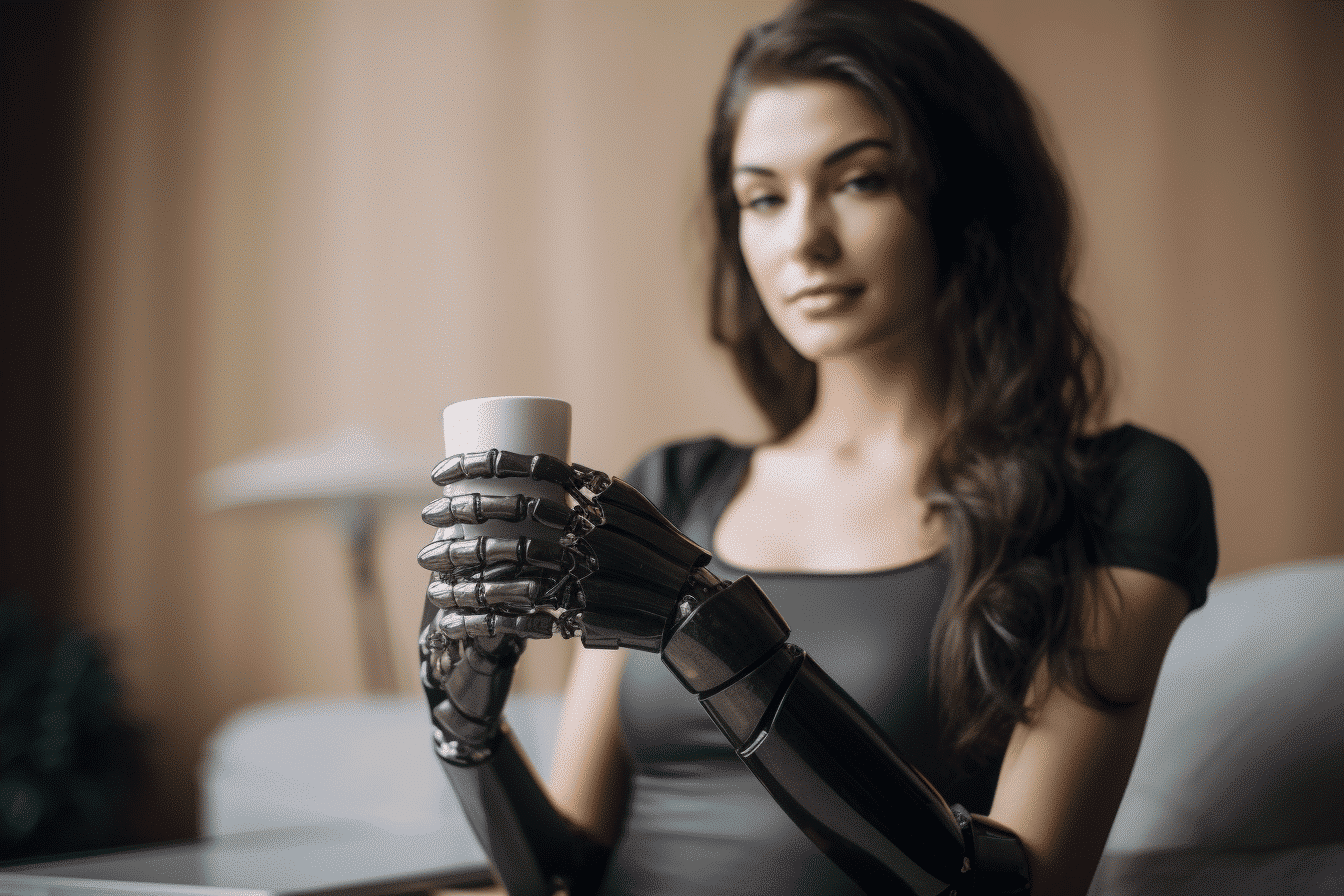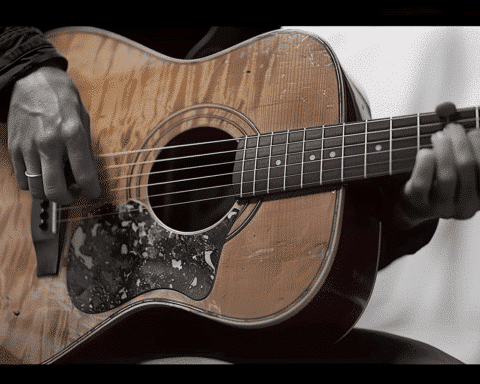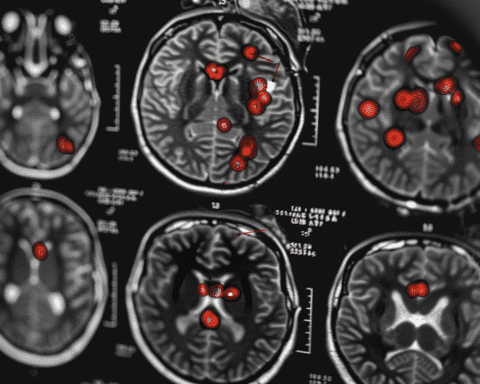In a remarkable development, advancements in prosthetic limb technology have paved the way for restoring the sense of touch and control in individuals with limb loss and spinal injuries.
Through groundbreaking research projects, scientists have harnessed the power of brain-machine interfaces and innovative surgical techniques to reconnect people with the world through their prosthetic limbs.
Revolutionizing Prosthetic Limbs
Seventeen years ago, the Defense Department launched a groundbreaking initiative with a $100 million investment to revolutionize prosthetic limbs.
The aim was to provide amputees and individuals with spinal injuries a chance to regain the functionalities they had lost, including the crucial sense of touch. This ambitious project has now yielded remarkable results that are transforming lives.
Restoring Touch: From Mind to Machine
One such success story is Brandon Prestwood, who lost his left hand in a tragic industrial accident. Thanks to experimental research and surgical interventions, Prestwood has been able to control a prosthetic hand using only his thoughts. Implants and electrodes placed in his arm pick up the electrical signals from his brain, which are then translated by a computer into precise movements of the robotic hand.
The innovation doesn’t stop at movement alone. Sensors embedded in the fingers of the prosthetic hand are connected to nerves in Prestwood’s arm, allowing him to experience a basic sense of touch. Even with his eyes closed, Prestwood can demonstrate his ability to perceive tactile sensations. While the sensation is different from that of a natural hand, he describes it as a pleasant tingling, comparable to the feeling of a waking hand after it has fallen asleep.
Advancing Neuroscience and Overcoming Challenges
Pioneering researchers, such as biomedical engineer Dustin Tyler from Case Western Reserve University, have been at the forefront of this cutting-edge research. Initially skeptical of its feasibility, Tyler successfully demonstrated that electrical stimulation targeted at specific neurons can indeed restore a sense of touch.
Challenges, including scar tissue buildup and limited implant lifespan, continue to be addressed, with some patients showing implants that have lasted up to eight years and counting.
Empowering Individuals with Spinal Injuries
The research has not only focused on prosthetic limbs but also on enabling individuals with spinal injuries to regain movement and touch sensation. Through the use of brain-machine interfaces and functional magnetic resonance imaging (fMRI), scientists like Sliman Bensmaia from the University of Chicago have been able to map the brain’s sensory and motor areas associated with hand movements.
This breakthrough allows for the translation of electrical signals to the robotic arm and the restoration of touch sensations, enhancing the functional independence of individuals with spinal cord injuries.
A Glimpse of the Future
The potential of these advancements is far-reaching. From providing balance and stability to climbing stairs and walking on uneven ground to restoring dexterous hand functions, the ultimate goal is to offer individuals with severe spinal cord injuries a chance to regain complete functionality.
Through efforts led by biomedical engineer Bolu Ajiboye at Case Western Reserve University, researchers are working tirelessly to develop systems that can help individuals regain their independence and improve their quality of life.
A New Era of Possibilities for Prosthetic Limb Technology
Advancements in prosthetic limb technology are revolutionizing the lives of individuals with limb loss and spinal injuries. The restoration of the sense of touch and control through brain-machine interfaces and surgical interventions has provided newfound hope and opportunities for independence.
As research continues and technology evolves, the day when prosthetic limbs seamlessly integrate with the human body, empowering individuals to reconnect with the world, is drawing closer.




